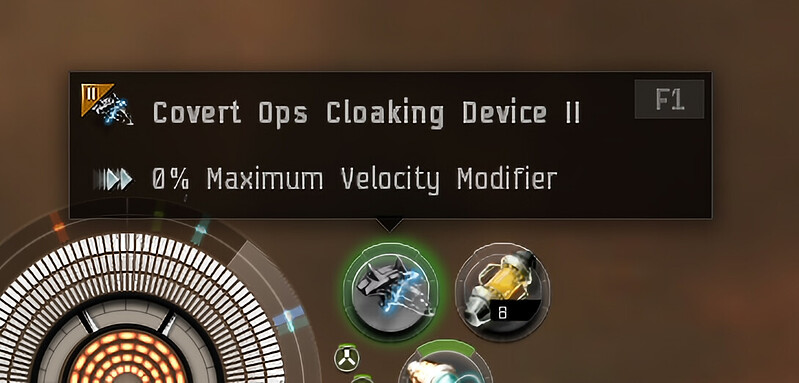@Zalain and @Mohano explored how to use cloaking devices in EVE Online. One outcome was discovering new, more robust functions to check if the module is already active.
See the discussion and resulting program codes at Cloaking device in warp to 0 bot
